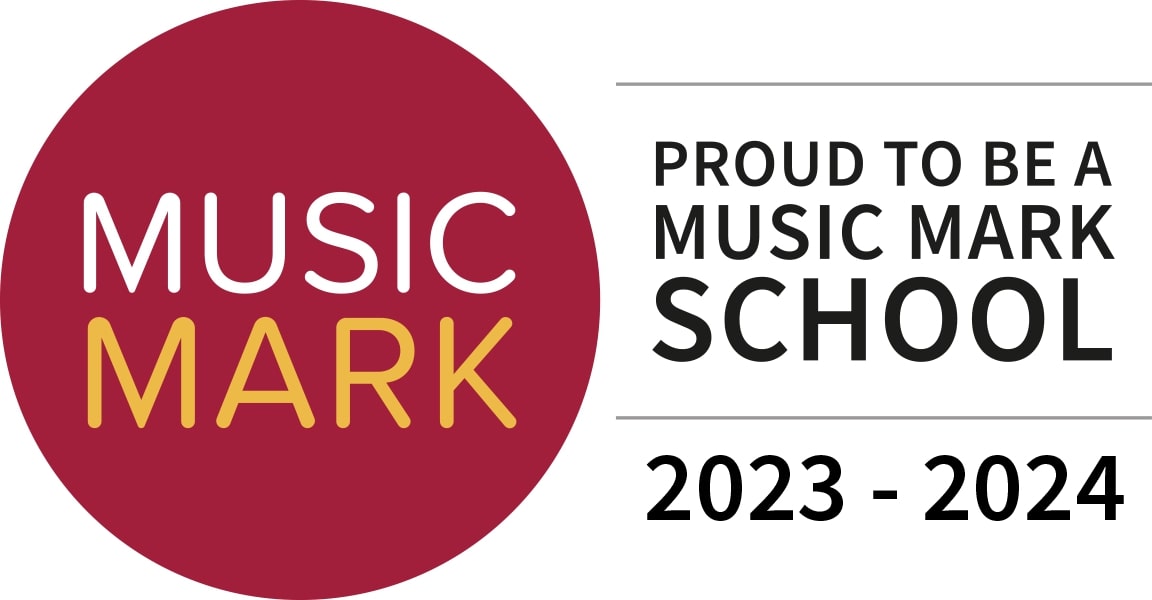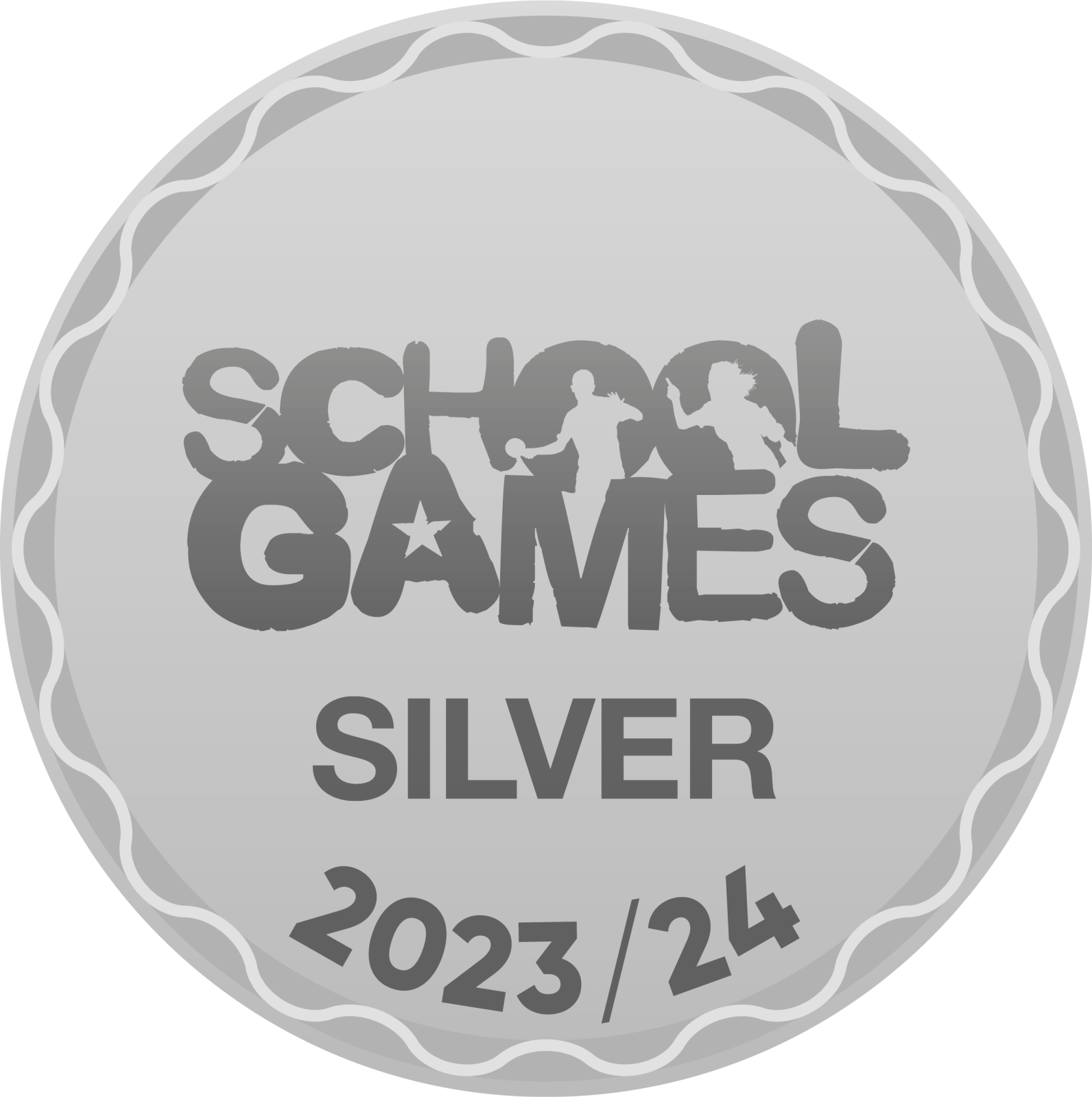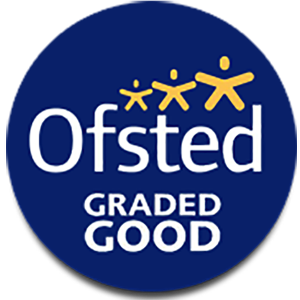Computing
Intent
At Brambles Primary Academy we want pupils to be confident and responsible users of technology. Technology is everywhere and plays a crucial part in students’ lives. Therefore, we want to model and educate our pupils on how to use technology positively, responsibly and safely. We want our pupils to be embracing technology and our broad curriculum encompassing computer science, information technology and digital literacy reflects this.
We want our pupils to understand that there is always a choice with using technology and as a school, we utilise technology (including social media) to model positive use. We recognise that the best prevention for a lot of negative issues we currently see with technology & social media is through education. We recognise that technology can allow pupils to share their learning in creative ways. We also understand the accessibility opportunities technology can provide for our pupils. Our knowledge-rich curriculum is balanced with the opportunity for pupils to apply their knowledge creatively which will in turn help our pupils become skilful computer scientists.
We encourage staff to use computing across the whole curriculum to make learning creative and accessible. We want our pupils to be fluent with a range of tools to best express their understanding and hope, children have the independence and confidence to choose the best tool to fulfil the tasks and challenges posed to them.
Our Approach
"How do you use Computers at school?" (Pupil survey, Autumn 2021)
"Make numbers on the iPad at school. Make sounds [phonics]" Reception
"We search on the iPad and laptops. We look for answers- writing about intestines." Year 2
Our scheme of work for Computing is the ‘Switched on Computing- Third Edition’ by Rising Stars. This covers all aspects of the curriculum from Early Years to Year 6 and leaves the children well-prepared for secondary school and later uses of technology. Our leaders chose this as it has been created by subject experts, updated regularly and based on the latest pedagogical research. Each unit aims for a ‘big finish’ which highlights the real-world application of the program e.g. app designers, and meteorologists.
The curriculum aims to equip young people with the knowledge, skills and understanding they need to thrive in the digital world of today and the future. The curriculum can be broken down into 3 strands: computer science, information technology and digital literacy
The national curriculum for computing aims to ensure all pupils:
- can understand and apply the fundamental principles and concepts of computer science, including abstraction, logic, algorithms and data representation (Computer science)
- can analyse problems in computational terms, and have repeated practical experience of writing computer programs in order to solve such problems (Computer science)
- can evaluate and apply information technology, including new or unfamiliar technologies, analytically to solve problems (Information technology)
- are responsible, competent, confident and creative users of information and communication technology. (Digital literacy)
While these aspects of the national curriculum are embedded throughout each unit, each half term has a key ‘Strand’.
|
Autumn 1 |
Programming |
Spring 1 |
Creativity |
Summer 1 |
Communication/ collaboration |
|
Autumn 2 |
Computational thinking |
Spring 2 |
Computer networks |
Summer 2 |
Productivity |
Our Computing Progression and Vocabulary guide is available to read here
Our Impact
We encourage an overall positive approach and curiosity towards computing at Brambles. The success of each unit is measured by the teachers, who aim to work 1:1 with each child at some point during each unit to encourage them to discuss their project and explain their thought process. This also allows teachers to identify learning achieved and assess how well the children have accessed the learning.
In order to demonstrate that we have accomplished our aims, students at Brambles Primary Academy should be
- Confident and enthusiastic towards using informational technology
- Identify the source of their problems and work with resilience, using their problem solving skills to debug them
- Create, present and evaluate their own project work
- Have a secure and positive understanding of applications and risks involved with technology.
- Be ready for Secondary School with enthusiasm and an interest in further developing their learning of Computing.



